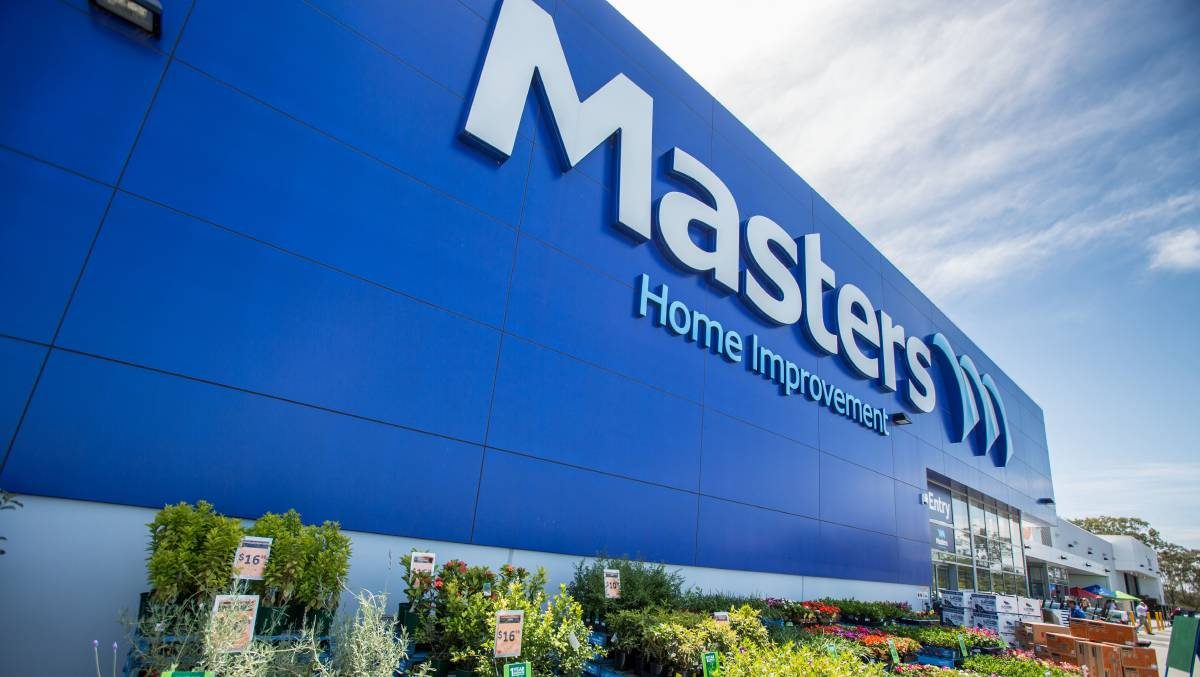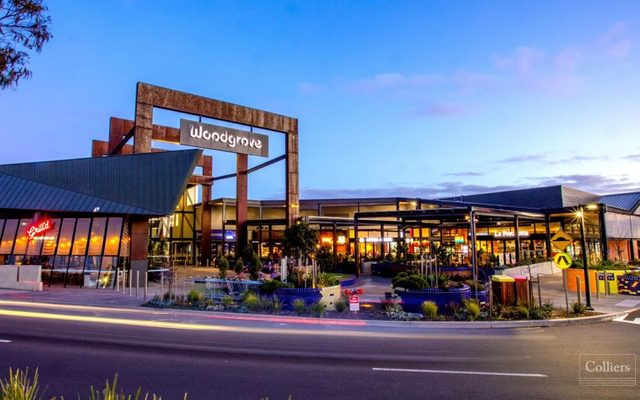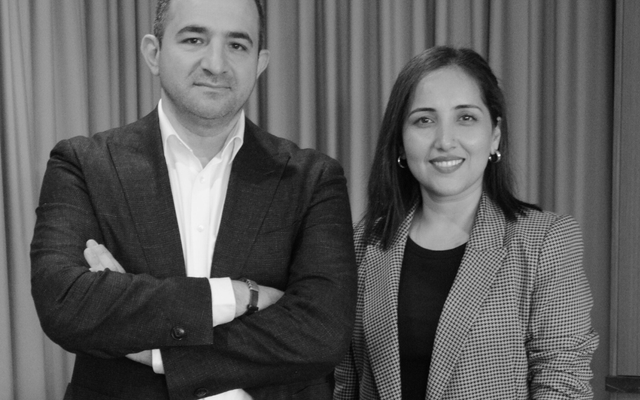This article is from the Australian Property Journal archive
WEAKENING demand for household goods and a strong supply pipeline from the recycled Masters stores, spells a challenging period ahead for large format retail centres, according to BIS Shrapnel.
Although coming off another strong year in 2016, the latest BIS Shrapnel Large Format Retail Property report says the conditions would not be sustained.
“Vacancy rates in centres reduced, rental growth was the strongest since before the GFC, investment yields firmed on the back of record investment transactions, and double-digit total returns were recorded,” senior project manager at BIS Shrapnel and report author Maria Lee said.
However, it found key drivers of consumer demand for household goods—which accounts for the majority of floorspace in large format centres—are either already weak or have started to weaken.
“Sluggish economic growth and subdued consumer sentiment are likely to continue for some time. Meanwhile, housing commencements and alterations and additions activity has peaked, while turnover of existing dwellings fell sharply in 2016.
“We’re already seeing the effects in turnover data, which has slowed sharply in recent months,” she added.
“The larger retailers and chains are holding up better, but they aren’t immune,” Lee continued
Former Masters sites represent a further issue for the sector, creating what BIS Shrapnel said it would be several years’ demand worth of space.
“There’s still a lot of uncertainty at this stage regarding the fate of the ex- Masters stores. However, if we take at face value Home Consortium’s plans, and allow for Bunnings to take some of the vacant stores, there could be up to 700,000sqm of ‘new’ centre floorspace, as well as new development on sites owned by Masters,” Lee said. “The report cautions that, at a time of softening demand, the sector could have trouble absorbing the floorspace and forecasts that rental growth will weaken.”
Positivity for the sector is more of a long-term game. Consumer spending growth in and continued expansion of the retailer pool will provide benefits over time.
“The sector continues to evolve. Large format centres offer relatively cheap space that is attractive to a range of uses. Some centres are morphing into mixed-use, lifestyle or even convenience centre,” Lee said.
BIS Shrapnel expects internal rates of return of around 10% over a five or 10-year investment period in the sector, comparing favourably with other shopping centre types and property classes.
Australian Property Journal




